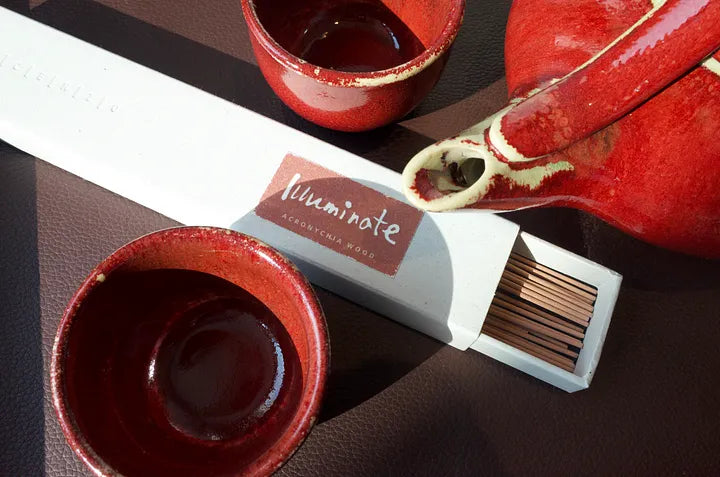
Exploring Taoist Temples on Mount Qingcheng: Sacred Symbols and Everyday Rituals
Share

Taoist temples are more than architectural treasures — they are living spaces where ancient philosophy meets daily care. Nowhere is this convergence more evident than on Mount Qingcheng, a sacred heartland of Taoism nestled in Sichuan province. Revered as one of the cradles of Taoism, Qingcheng Mountain offers pilgrims and visitors a chance to experience rituals and reflections that align the human spirit with the rhythm of nature.
As you ascend Qingcheng’s forest-wrapped trails, you first encounter the Jianfu Palace, built in the early Tang dynasty and considered the gateway to Taoist sanctuary. Its structure — wooden halls, green-tiled roofs, and whispering courtyards — invites visitors toward stillness and devotion. Further up lies Shangqing Palace, perhaps the most important complex on the mountain, home to great halls dedicated to the Three Pure Ones and bathed in morning mist and mountain warmth.
At the heart of the mountain’s spiritual legacy stands Tianshi Cave (天师洞), the site where Zhang Daoling, founder of the Way of the Celestial Masters, is said to have meditated and taught. First built during the Sui dynasty, the cave is now surrounded by temple halls — Sanqing Hall, Sanhuang Hall, and the venerable Huangdi Temple — housing statues of Taoist founders and immortals, with inscriptions and relics linking past to present.
Even today, these temples remain active centers of spiritual life. A key ritual you’ll witness is jingxiang, or incense offering — an act of deep reverence observed by believers of Taoism, Buddhism, and folk religion. In Taoist temples like those on Qingcheng, incense sticks are lit — often in threes, symbolizing the “Three Treasures” (道, 经, 师) — and placed before deities with respectful bows, their ascending smoke carrying prayers upward.
This ritual practice, along with chanting, offerings, and seasonal ceremonies — like those held in the third lunar month — keeps the lineage of the Tao alive on the mountain.

Bringing Temple Wisdom Into Everyday Life
You don’t need to climb the mountain to benefit from these traditions. The same sacred principles can be woven into daily life:
- Create a humble altar at home: light three incense sticks, bow, and pause — to set intentions and connect with balance.
- Practice mindful movement, inspired by the temple grounds: walking in stillness echoes the Taoist philosophy of wu wei.
- Observe seasonal rituals: bow in gratitude during moments of renewal, keeping the rhythm of ceremony alive beyond sacred halls.
To further enhance the rituals and connection with the spirits, using the most traditional Taoism incense — Jiangzhen incense is a good add-on. Jiangzhen incense, made from Acronychia wood, is considered the portal to talk to spirits and send messages in Taoist culture.

At INCENZO, we inherited the traditional recipe and aim to make the ancient wisdom more accessible to everyone. We use 100% natural ingredients, providing a nonintrusive and non-toxic experience of Taoism practices in everyday life. Illuminate, our Jiangzhen incense stick, is a great starting point for bringing spiritual practices into your daily routine.
Mount Qingcheng guides us toward a timeless truth: Taoism isn’t merely philosophy — it’s a living tradition shaped by rituals, place, and presence. In the curling incense, ancient stones, and flowing mountain paths, we are invited to breathe into the Tao and touch the pulse of something greater than ourselves.
Let your daily life become a quiet Taoist temple, where simplicity, reverence, and the flow of intention turn ordinary moments into sacred ones.
